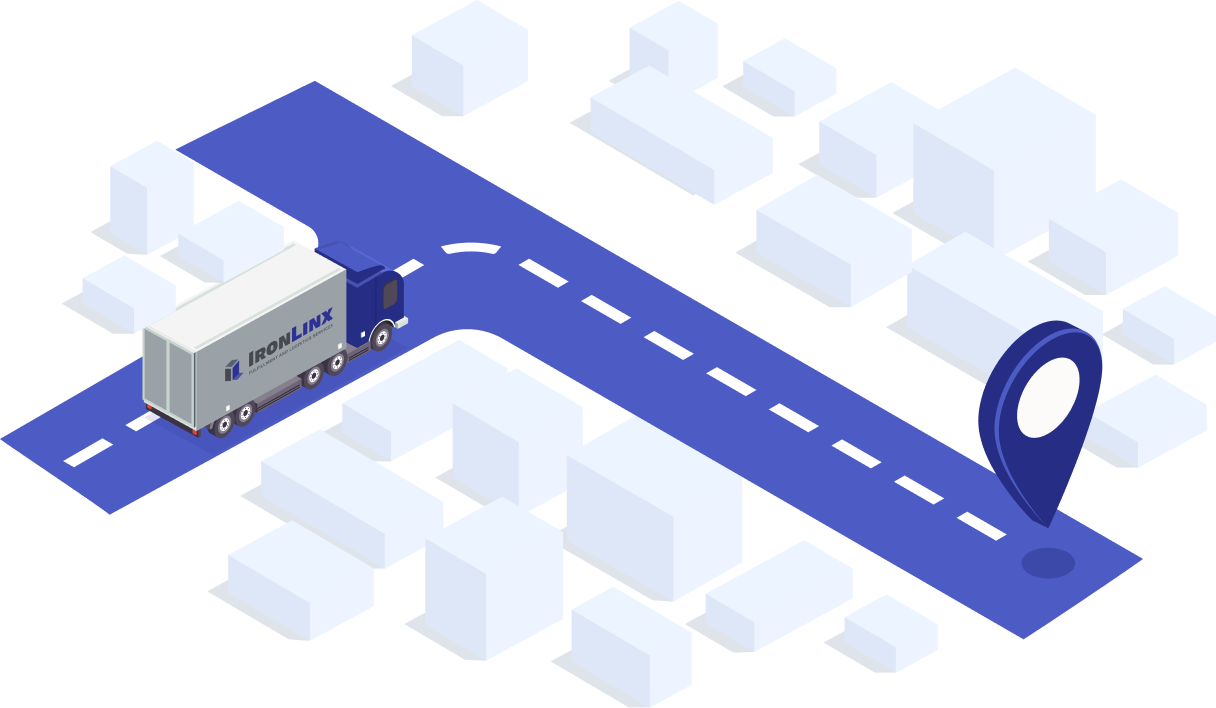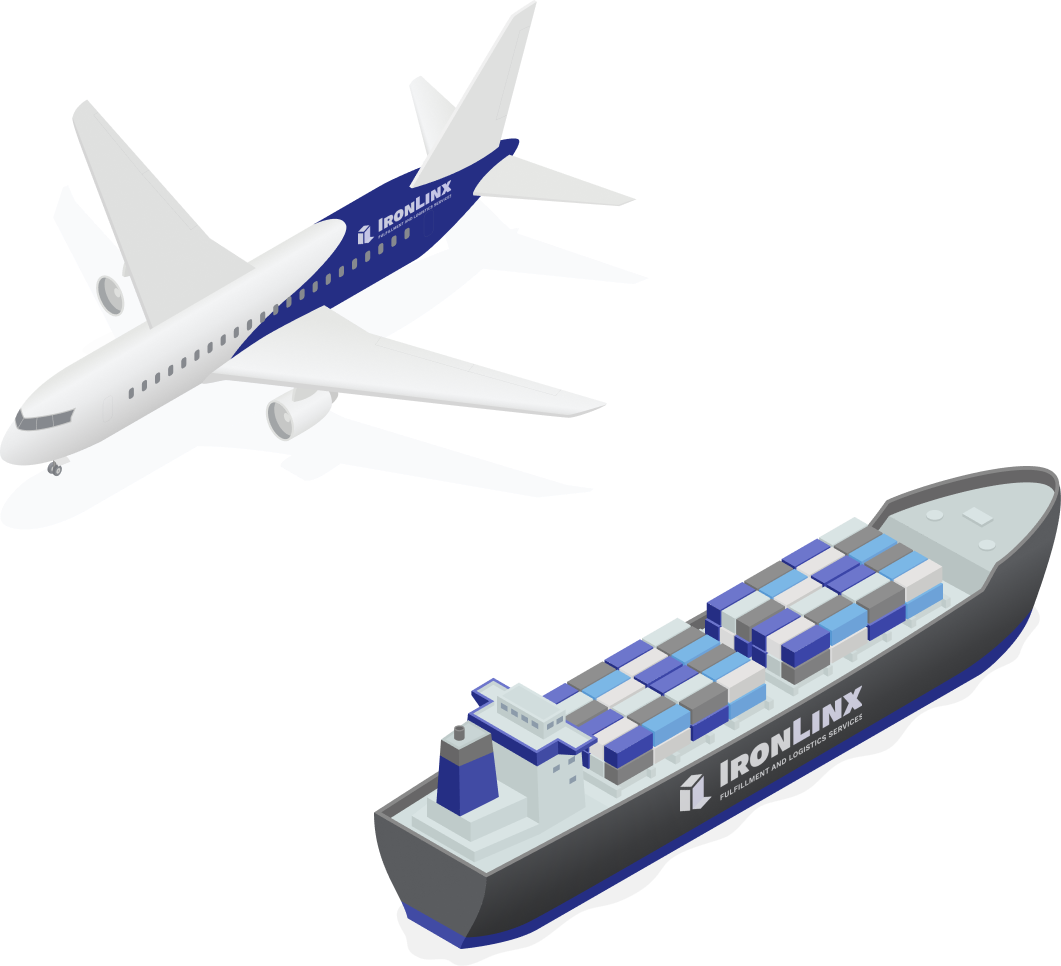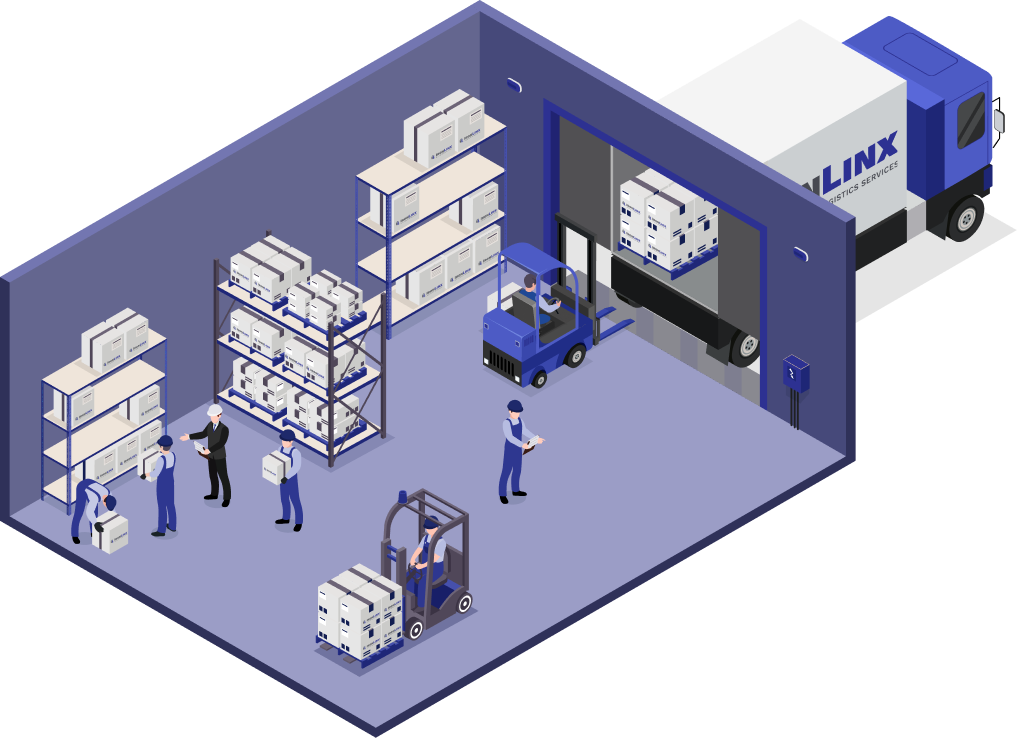DROPSHIPPING FULFILLMENT
IronLinx’s dropshipping support operation specializes in the unique logistics and supply chain needs of eCommerce sellers engaged either fully or partially in dropshipping. From order consolidation and deconsolidation to partial or hybrid order fulfillment and reverse logistics, we have the experience and capabilities to assist dropshippers targeting customers in the United States.
IronLinx’s dropshipping support operation specializes in the unique logistics and supply chain needs of eCommerce sellers engaged either fully or partially in dropshipping. From order consolidation and deconsolidation to partial or hybrid order fulfillment and reverse logistics, we have the experience and capabilities to assist dropshippers targeting customers in the United States.

Dropshipping Support
In 2019, IronLinx Fulfillment launched a separate operation specifically to service the unique needs of the dropshipping community. Though much of dropshipping falls outside of the realm of traditional order fulfillment services, dropshippers can oftentimes materially benefit from order consolidation and deconsolidation, partial or hybrid order fulfillment, and reverse logistics services. Additionally, our consulting operation is an excellent resource for successful dropshippers looking to transition to more traditional – and profitable – eCommerce models.

Order Consolidation and Deconsolidation
Although shipping parcels directly from other countries can be cheaper than shipping them domestically, slow delivery times, unreliable tracking, and foreign shipment origins collectively make for a poor foundation for sustainability. The following alternatives can help to reduce delivery times, improve visibility, and obfuscate foreign connections:
- Order deconsolidation – orders are shipped in bulk via air-freight to IronLinx where they are then broken down, re-labeled, and shipped via domestic carriers to the end recipients.
- Order consolidation – products are shipped in bulk via air-freight to IronLinx where they are then separated, picked and packed on an order-by-order basis, and shipped via domestic carriers to the end recipients.
Partial or Hybrid Order Fulfillment
For many dropshippers, partial or hybrid order fulfillment services may be helpful for increasing profits, reducing transit times, and increasing customer satisfaction. A few examples:
Core v. non-core items – If a handful of SKUs are present in most orders, it may make sense to handle them centrally via a fulfillment provider while still utilizing dropshipping for non-core items.
Core v. non-core market areas – Certain geographic areas might be more effectively serviced by a fulfillment provider while others are handled via dropshipping.
Using fulfillment to support branding – Increasingly, dropshippers looking to achieve higher levels of branding utilize fulfillment providers to receive products in bulk, pick and pack on an order-by-order basis, and ship via domestic carriers to end recipients. For those at scale, this can be a very effective way to balance the benefits of dropshipping with those of traditional fulfillment.

Reverse Logistics
For many dropshippers, a domestic reverse logistics partner is needed to assist with the following:
- Returns management
- Exchange management
- Product repairs

When Does Dropshipping Make Sense?
Over the last several years, dropshipping has increasingly taken a reputational hit as ambitious, but severely resource-constrained sellers continue to push the practical, ethical, and legal limits of eCommerce. It remains, however, a viable model – especially when one or more of the following apply:
- Overcoming capital constraints
- Reducing testing costs and risks
- Promoting non-core products
- Servicing non-core markets

When Is the Right Time to Transition from Dropshipping to a Traditional Fulfillment Model?
Dropshipping is often a great way to get started in eCommerce; however, its shortcomings in the following areas are notable:
- Order fulfillment and transit times
- Product quality
- Customer experiences
- Branding
- Profits and sustainability

The Future of Dropshipping
As time goes on and sellers continue to toe/cross the line when it comes to upholding their obligations to their customers, dropshipping appears to be steadily losing what (little) effectiveness it may have once had as the primary model for eCommerce. Sellers seeking longer-term profitability are strongly advised to not only consider, but prepare to adopt a more traditional, inventory-centric method for doing business. (For more depth, see: Downsides of Dropshipping: Five Consequences of Inventory-Light Business Models, Dropshipping Fundamentals: Five Common Problems and a Few Best Practices for Avoiding and/or Managing Them, The Impact of Chinese New Year on Dropshipping: Preparing for CNY2021, and The Impact of COVID-19 on Dropshipping in the United States).





Recent Comments